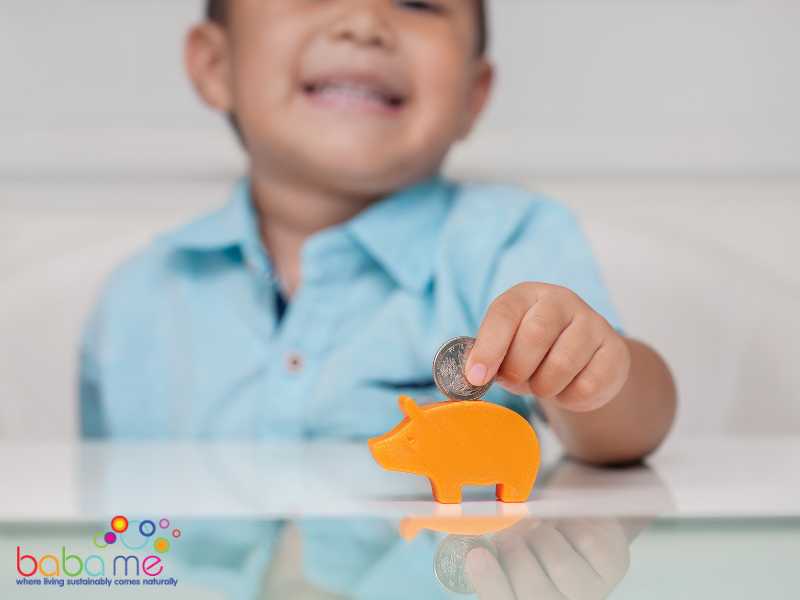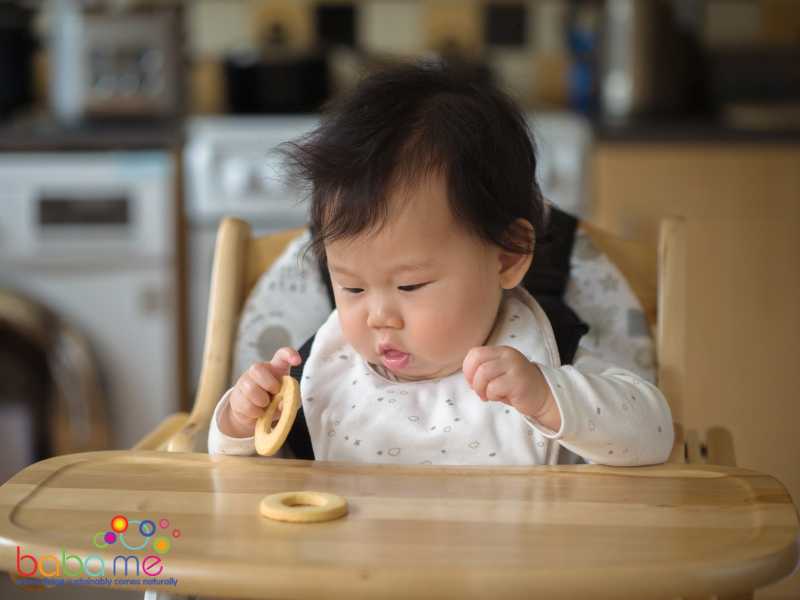The pincer grasp is more than just a simple hand movement; it’s a developmental milestone that signals a baby’s growing motor skills and independence.
As young children transition from the raking motion of early infancy to the precision of the superior pincer grasp, they not only learn to manipulate their world in finer ways but also pave the way for future skills, from feeding themselves to writing.
If you’ve observed your child delicately picking up tiny objects between their thumb and forefinger, you’re witnessing this transformative skill in action. I’ve unraveled the intricacies of the pincer grasp.
Dive into this exploration with me, and let’s illuminate the nuances and significance of this pivotal stage in your child’s growth.
Key Takeaways
Pincer grasp is a crucial fine motor skill that allows your child to gain independence and explore their environment.
As your child grows, they will develop different types of pincer grasp, such as the lateral pincer grasp and the tripod grasp.
Improving pincer grasp is essential for your child’s handwriting, self-feeding, and other everyday tasks.

Understanding Pincer Grasp
The pincer grasp is a pivotal milestone in a baby’s development, marking a significant advancement in fine motor development. Essentially, the pincer grasp simply means a baby’s ability to use their thumb and pointer finger to grasp items, especially tiny objects.
This skill usually evolves through stages: starting with a raking grasp, where babies use their fingers to scoop up objects, followed by the crude pincer grasp. Eventually, they master the superior pincer grasp, where they can deftly manipulate objects with precision.
This ability doesn’t just contribute to fine motor development; it also plays a role in other areas of child development, including language skills.
As babies develop the true pincer grasp, they begin to explore the world around them more thoroughly, manipulating objects like pull toys, soft finger foods, and even a paper towel roll during a pincer grasp activity.
These actions help to strengthen the small muscles in their fingers, laying the groundwork for tasks requiring more intricate finger muscles in the future.

Types of Pincer Grasp
The pincer grasp develops as the child grows and they actually are several different stages of pincer grasp:
Raking Grasp: This is an early form of pre-pincer grasp. In this stage, babies use their fingers—excluding the thumb—to rake or scoop up objects. It’s a more primitive form of grasping, typically seen in younger infants around 4-6 months.
Crude or Palmar Pincer Grasp: Emerging around 7-9 months, babies begin to use their thumb and all their fingers to grasp an object, holding it against the palm. While it’s a step forward from the raking grasp, it doesn’t have the precision of more advanced pincer grasps.
Inferior Pincer Grasp or Neat Pincer Grasp: At around 9-10 months, babies refine their skills further. Now, they use their thumb and the first two or three fingers to pick up objects. This grasp offers more control than the palmar pincer grasp.
True Pincer Grasp: This advanced grasp usually emerges around 10-12 months. Babies use the pad of their thumb and the pad of their index finger to grasp small objects with precision, like picking up a piece of cereal or a tiny bead.
Superior Pincer Grasp: Typically developing by 12-15 months, this grasp allows babies to use the tips of their thumb and index finger, giving them the ability to pick up even tinier objects with great precision. This level of dexterity sets the stage for future fine motor skills like holding a crayon or threading beads.

What age does pincer grasp develop in babies?
One of the earliest milestones that leads to the pincer grasp is the palmar grasp, where babies bring their fingers in towards their palm and curl them. This reflexive grasp typically occurs in the first few months of life.
Around 4 to 6 months old, your baby will start to develop their hand-eye coordination and begin to reach for objects. By 6 months old, they will likely be able to grasp and shake a toy that you put in their hand.
Between 9 and 12 months old, your baby will start to use the pincer grasp, where they use their thumb and first finger to pick up small objects. This is an important milestone in their development as it allows them to self-feed and gain independence.
Improving Baby’s Pincer Grasp
If you’re looking to help your child improve their pincer grasp, there are a variety of activities, toys, and finger foods that can help. Here are some ideas to get you started:
Pincer Grasp Activities Month by Month
| Month | Type of Grasp | Pincer Grasp Activity |
|---|---|---|
| 4-6 | Raking Grasp | Scatter large, soft toys on a playmat and encourage the baby to reach out and “scoop” them up. |
| 7-9 | Crude Pincer Grasp | Introduce soft building blocks or chunky toys; babies can grasp and bang them together. |
| 9-10 | Inferior Pincer Grasp | Offer larger finger foods like soft chunks of fruits or baby puffs for babies to pick up with their thumb and forefinger. |
| 10-12 | True Pincer Grasp | Place smaller items like cereal pieces on their high chair tray, encouraging precise picking up using only the thumb and forefinger. |
| 12-15 | Superior Pincer Grasp | Play with activities that require precision, like stacking small blocks or bead play. |
Activities
There are many pincer grasp activities that you can do with your child to help them improve their fine motor skills. Some fun ideas include:
Playing with play-dough or clay: This can help your child develop their hand muscles and improve their finger strength.
Sorting games: Give your child a variety of small objects, such as beads or buttons, and have them sort them by color or shape.
Stringing beads: This activity can help your child improve their hand-eye coordination and fine motor skills. As your child gets older you can move to small beads and smaller objects to improve the pinching motion.
Toys
There are also many toys that can help your child improve their pincer grasp. Look for small toys that your child can pick up and manipulate with their fingers. Some age-appropriate toys that can help include:
Building blocks: These can help your child develop their hand strength and improve their pincer grasp.
Pegboards: These toys often come with small pegs that your child can pick up and place in the board, helping to improve their fine motor skills.
Puzzles: Puzzles with small pieces can be great for helping your child develop their pincer grasp and hand-eye coordination.

Finger Foods
Finally, there are also many finger foods that can help your child improve their pincer grasp. Look for foods that are small and easy to pick up, such as:
Cheerios or other small cereal pieces
Cut-up fruits and vegetables, such as grapes or carrot sticks
Small pieces of cheese or tofu
Encourage your child to pick up these foods with their fingers rather than using utensils, as this can help them develop their pincer grasp and prepare them for pencil grasp and handwriting in the future, however be aware of choking hazards.
FAQS on Babies Pincer Grasp
What is the pincer grasp?
The pincer grasp is a coordinated hand movement where a child uses their thumb and index finger to pick up and hold small objects. It’s a significant milestone in a child’s fine motor development.
At what age does the pincer grasp develop?
The pincer grasp typically starts to develop between 8 to 12 months of age. Babies initially use a more crude version of this grasp and refine it over time.
Does a 6 month old have a pincer grasp?
While some 6-month-olds might begin showing early signs of the pincer grasp by raking objects towards them, most do not yet have the refined skill of using just the thumb and index finger. Instead, they’ll often use their whole hand to grasp objects.
How do I know if my baby has pincer grasp?
You’ll notice your baby using their thumb and index finger to pick up smaller items like peas, cereal, or tiny toys with precision. They’ll transition from using a raking motion with their whole hand to this more delicate grip.
What toys are good for pincer grasp?
Toys that encourage fine motor skills are excellent for developing the pincer grasp. These can include stacking blocks, bead mazes, peg puzzles, and toys that require placing small pieces into corresponding slots. Activities like playing with playdough, putting stickers on paper, or threading large beads can also be beneficial to help kids develop their pincer grasp.
How can I improve my baby’s pincer grip?
To improve your baby’s pincer grip, provide them with ample opportunities to practice. Offer a variety of textures and sizes of objects for them to pick up during supervised playtime. Activities like transferring pompoms between containers, finger painting, or pinching soft toys can also be beneficial. Always ensure that any items are large enough to avoid choking hazards.





